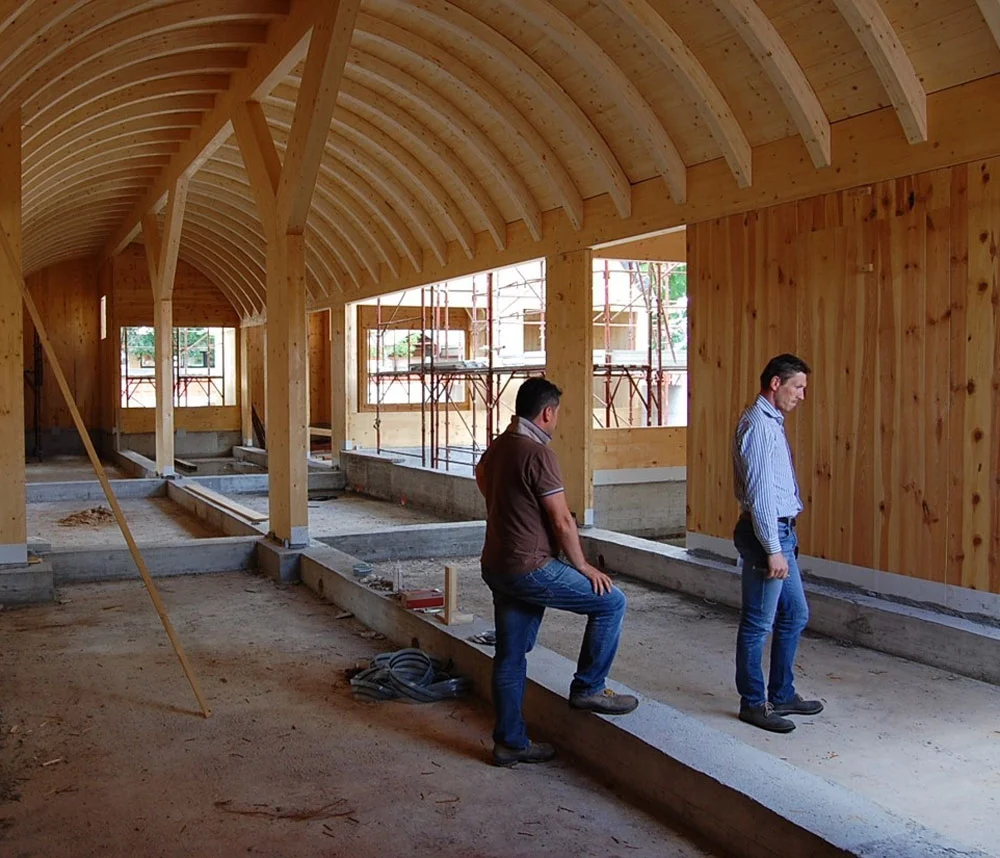Timber product testing materials and treatments are essential components of bridge design and construction, ensuring structural integrity, durability, and resistance to environmental factors. The selection of timber species and appropriate treatments plays a critical role in enhancing the performance and longevity of Timber product testings. Here’s an overview of Timber product testing materials and common treatments:
Timber product testing Materials:
- Timber Species:
- Hardwoods: Oak, maple, and ash are dense hardwoods with excellent load-bearing capacity and durability, suitable for bridge components subjected to heavy loads.
- Softwoods: Douglas fir, cedar, and spruce are lightweight softwoods commonly used for bridge decking, beams, and trusses due to their availability and workability.
- Engineered Wood Products:
- Glued Laminated Timber (Glulam): Manufactured by bonding layers of timber together with adhesives, glulam offers enhanced strength, stability Timber product testing, and dimensional flexibility for long-span bridge elements.
- Cross-Laminated Timber (CLT): Large solid timber panels made by stacking and gluing alternating layers of timber boards at right angles, providing structural strength and versatility in bridge construction.
- Treatments and Preservatives:
- Pressure Treatment: Timber is impregnated with preservatives under pressure to enhance resistance to decay, insects, and fungal growth. Common preservatives include copper-based compounds (e.g., ACQ, CCA) and borate formulations.
- Surface Treatments: Coatings such as paints, stains, and sealants protect timber surfaces from weathering, UV degradation, and moisture infiltration, prolonging bridge lifespan and maintaining aesthetic appeal.
Common Timber product testing Treatments:
- Preservative Treatments:
- Creosote: A traditional wood preservative with excellent resistance to decay and insect damage, commonly used for Timber product testing components exposed to harsh environmental conditions.
- Micronized Copper Azole (MCA): A copper-based preservative that penetrates timber cells to protect against decay fungi and insect attack, suitable for structural timbers in Timber product testing construction.
- Fire-Retardant Treatments:
- Intumescent Coatings: Applied to timber surfaces to increase fire resistance by forming a protective char layer when exposed to high temperatures.
- Chemical Treatments: Fire-retardant chemicals can be impregnated into timber to reduce its flammability and improve fire safety in bridge applications.
- Moisture Management Treatments:
- Water Repellents: Hydrophobic coatings applied to timber surfaces to repel water and reduce moisture absorption, minimizing dimensional changes and preventing decay.
- Surface Coatings:
- Paints and Stains: Decorative finishes applied to timber surfaces to enhance appearance, protect against UV radiation, and improve weather resistance.
- Sealants: Transparent coatings that penetrate timber surfaces to provide moisture protection while preserving natural wood aesthetics.
Environmental Considerations:
- Sustainable Sourcing: Timber used in bridge construction should be sourced from responsibly managed forests certified by programs like FSC (Forest Stewardship Council) to ensure environmental sustainability.
- Green Building Practices: Timber product testing materials and treatments should align with green building standards, promoting energy efficiency, resource conservation, and reduced environmental impact.
Conclusion:
Timber product testing materials and treatments play a crucial role in optimizing the performance, durability, and sustainability of Timber product testings. By selecting appropriate timber species, utilizing engineered wood products, and applying effective treatments and preservatives, engineers and architects can create resilient Timber product testings that withstand environmental challenges and maintain structural integrity over their service life. Advances in timber technology and sustainability practices continue to expand the possibilities for Timber product testing construction, offering innovative solutions for modern infrastructure development while preserving the natural beauty and renewable qualities of timber as a construction material.









